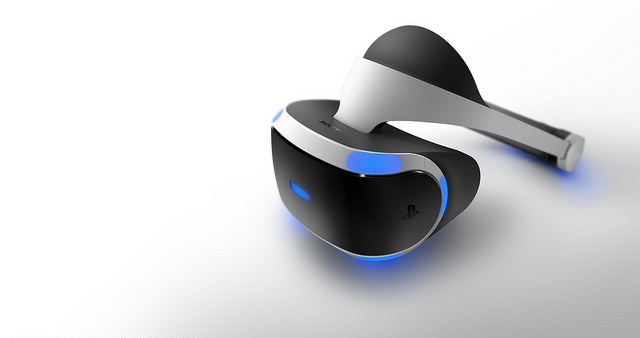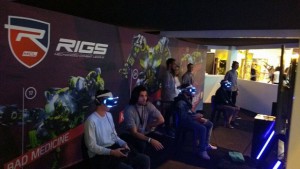Many of us are looking forward to showing virtual reality (VR) to our friends and family for the first time next year. While enthusiasts have been impressed with early development kits they’ve also embraced their shortcomings, safe in the knowledge that the tech will one day be ready for those that are less understanding. With the impending arrival of the HTC Vive and the Oculus Rift with its Oculus Touch motion controllers, that day is coming, but it brings with it a whole new set of problems.
As everyone from Oculus VR to Sony Computer Entertainment (SCE) has admitted, world of mouth is going to play a huge role in marketing VR. Early adopters of the Oculus Rift and HTC Vive are going to be proudly showcasing their new head-mounted displays (HMDs) and dropping jaws much in the same way that they did the first time they tried an early development kit or prototype. But no matter how amazed the average consumer is by their first experience, not even the power of VR will be able to dull the sting of the $1,500 USD needed to purchase both an Oculus Rift and a PC powerful enough to use it. Enter PlayStation VR.
SCE has this week confirmed that its latest console, PlayStation 4, has sold over 30 million units in just over two years. That’s an immensely impressive statistic and the result of consistently (and surprisingly) strong sales. A VR first-timer might not have a $1,000+ PC back at home, then, but they could well have the VR-ready console just waiting for a PlayStation VR unit to be introduced to. Granted that the as yet unrevealed price of the HMD will likely still cause them to wince, but it will likely be a saving of $1,000 at the very least. And, even if they don’t own a PlayStation 4, the $350 console is a much easier sell than the $1,000 PC.
You can easily see PlayStation VR becoming a part of the conversation this way. “Like this? Want one for yourself? Well if you’re not going to break the bank for one, then here’s the much more affordable alternative.” And with the PlayStation Move motion controllers – which will admittedly add to the price – as well as the 1080p OLED display and 120Hz refresh rate, PlayStation VR offers a very comparable experience to PC-based HMDs right now, even if the kit is favouring seated experiences.
Of course, that doesn’t mean PlayStation VR will be an overnight hit – far from it – but it does give SCE some significant advantages over its rivals. And as VR grows in popularity and the device starts to drop in price it could well become the most successful peripheral the PlayStation brand has yet seen.
PlayStation VR could well benefit from the hardware barriers that both the Oculus Rift and HTC Vive present for some time. That’s not to say in any way that Oculus VR or HTC’s products are doomed; both seem to be well aware that their kits have to overcome a lot of challenges before they’re capable of true mainstream success. In fact, their limits today will become advantages of in the future, as hardware improvements will carry them past what’s currently possible while the PlayStation 4 remains as is.
This week’s PlayStation 4 news bodes extremely well for PlayStation VR. Regardless of the limits the console itself presents this is the most accessible high-end device going right now. As the technology moves into the spotlight in 2016 it’s SCE’s kit that appears to be the most immediately viable for the average consumer. The Oculus Rift and HTC Vive may well move on to bigger and better things, but right now PlayStation VR has a promising headstart.
-END-
The post PS4’s Impressive Sales Gives PlayStation VR a 30 Million Headstart appeared first on VRFocus.
















